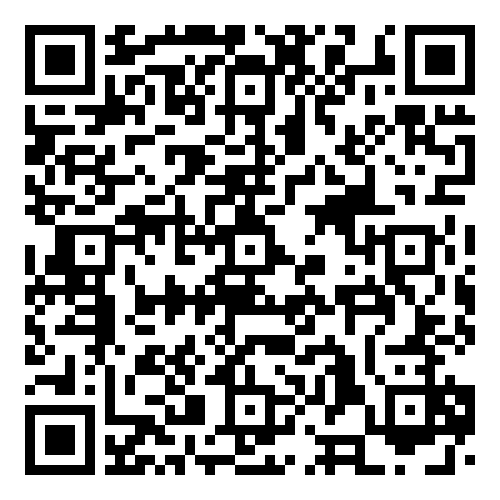The presentation materials for “Research Activity Report and Future Analysis” (Keisuke Toyoda), a part of the program “INTERSPACE FORUM2024 – Three-year Research Track Record and Outlook” on September 17, 2024, are now available.
https://drive.google.com/file/d/1Fno8tkaLemj5QvVqN28krmv5bX8J7XAq/view?usp=drive_link

Reference(東京大学生産技術研究所HP)
【シンポジウム】INTERSPACE FORUM2024 ー3年間の研究軌跡と展望を開催 | 東京大学 建築学専攻 (u-tokyo.ac.jp)
